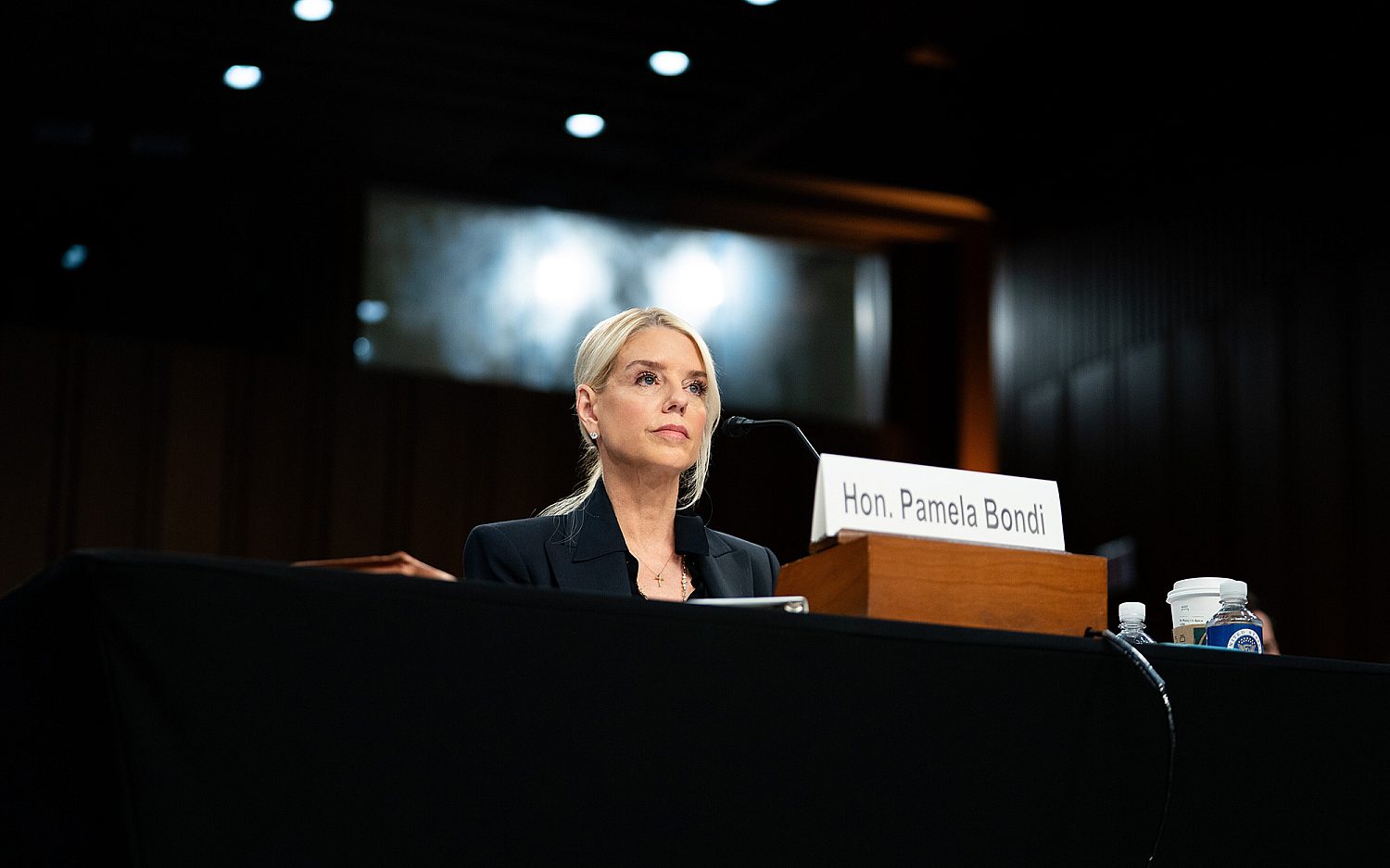Parents pine for paper as kids go digital
Jeff May reads books for his doctorate studies on his iPad’s Kindle app. The convenience is difficult to resist. But when it comes to his kids, ages 11, 9, and 7, he savors their after-school trips to Barnes & Noble and the sight of them thumbing through colorful pages of a tangible book.
"They play enough video games as it is," the Santa Rosa, Calif., father said.
As tablets and e-readers have become a mainstay in American book publishing, new evidence suggests they are gaining momentum with the toughest customers—young people. The number of children aged nine to 17 who read e-books doubled in 2012, up to 46 percent from 25 percent in 2010, according to a study commissioned by children's publisher Scholastic. One in four boys who read an e-book said he enjoyed reading more often, according to Monday's report.
Still, the appeal of ink and paper remains: Nearly 80 per cent of kids who read an e-book also read print books. Among adults, the number is higher, leading pundits to predict hard-cover books are here to stay.
"Kids today are drawn to both print books and e-books, yet e-reading seems to offer an exciting opportunity to attract and motivate boys and reluctant readers to read more books," Scholastic's Francie Alexander said in a statement.
Five years after Amazon introduced its Kindle e-reader, publishers have made strides in adapting traditional books to a digital format. With the rise of the iPad and other tablets, e-books now account for about 30 percent of total book sales. Tyndale House Publishers is experimenting with digital books for kids, including picture books. They have begun offering the first books of popular young readers' series as free downloads: "We're interested in getting kids interested in the content," said Katara Patton, Tyndale's acquisitions director for children and family. "It's a matter of watching how they sell."
The convenience and lower cost of e-books have attracted school officials, libraries, and parents. Scholastic's study showed more than 70 percent of parents showed interested in e-books for their kids, reflecting a changing attitude. But some worry about the amount of time their kids spend in front of screens.
Parent and scholar Mike Sugimoto has worked hard to keep e-readers out of the Los Angeles classical Christian school his two boys attend.
"I'm not against technology, in fact I'm an avid user of it, but parents readily hand out gadgets to their kids—it's become a way of surviving," said Sugimoto, a professor of Asian film at Pepperdine University.
Sugimoto notes digital books often distract kids with "bells and whistles, touch screens, gaming, and web access." In the early stages of literacy, he says tangible books provide physical "anchors" for children such as holding the cover, turning the pages, and feeling the weight.
"Reading has always been a deferred pleasure,” he said. “I'm not sure young people today are developing the discipline and critical thinking that reading requires."
May predicts his three kids will one day read books from a thumb drive, like he does: "E-books are definitely in their future, just not yet."
An actual newsletter worth subscribing to instead of just a collection of links. —Adam
Sign up to receive The Sift email newsletter each weekday morning for the latest headlines from WORLD’s breaking news team.





Please wait while we load the latest comments...
Comments
Please register, subscribe, or log in to comment on this article.